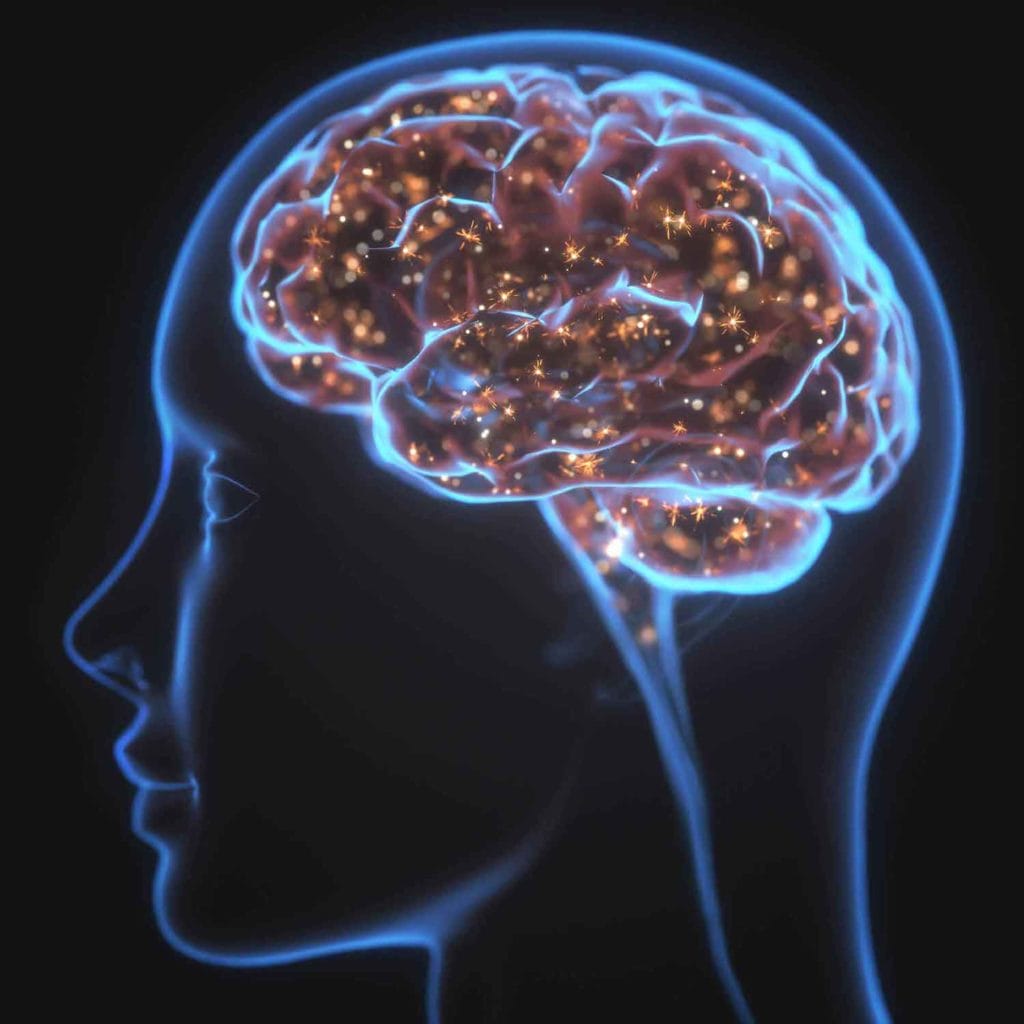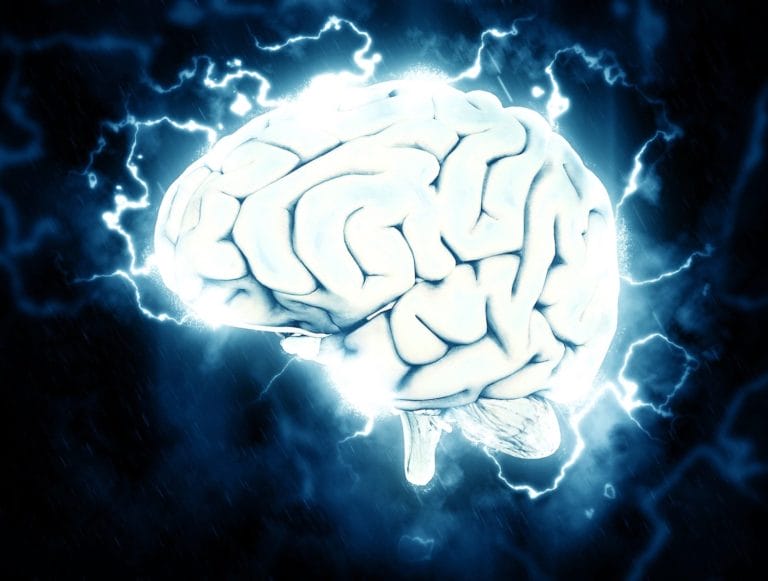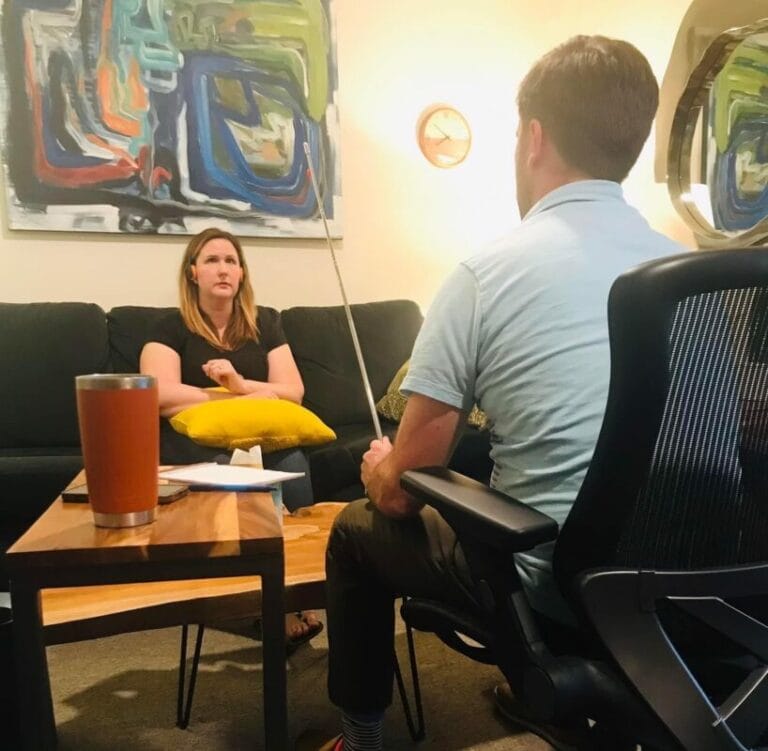Trauma in our Minds and Bodies
When most people hear the word “trauma,” they think about major life events. We call this “Big T trauma”—a car accident, rape, fighting in a war, or discovering an affair. Big T trauma ignites our fight, flight, or freeze survival instincts and can literally reshape our brain.

Then there is another kind of trauma we call “Little t trauma,” and it is much more common than Big T trauma. Little t trauma is a more secret and destructive killer.
Little t trauma is like a stream in a rocky landscape that continually erodes the rock. The Grand Canyon was carved by water, and if you were raised in a neglectful or abusive environment, childhood trauma and attachment wounds are Little t traumas that can carve canyons in your heart.
While many clients say they have little or no trauma, we have found that they often either minimize their suffering or are unaware of their trauma. Through their child’s mind’s eye, how they grew up was “normal” because it’s difficult to distinguish between what is appropriate and what is harmful as a child. It’s all normal.
Unresolved trauma has a profound effect on our physical well-being; this phenomenon is called the mind-body connection. Many people who come into therapy for anxiety, depression, panic attacks, self-harming, addiction, or dysfunctional patterns have experienced trauma, and identifying the river that flowed around them for so many years is the first step to healing.
Using Brainspotting to Treat Trauma
Dr. Bessel van der Kolk, author of The Body Keeps the Score: Brain, Mind, and Body in the Healing of Trauma, discovered that trauma doesn’t live in the outer part of the brain concerned with reason and insight. Instead, it lives in the deeper part of the brain concerned with shaping our temperament and dispositions, automatic reactions, and how we interpret the world.
While talk therapy can only reach the outer part of our brain, Brainspotting therapy bypasses the prefrontal cortex to access the subcortical brain, creating a direct pathway to where trauma is stored.

Brainspotting is an innovative brain-based trauma therapy tool developed by psychotherapist Dr. David Grand to rapidly resolve trauma. Dr. Grand discovered that “where you look affects how you feel” and used that finding to create a method for focused, fast, and effective self-healing.
Brainspotting therapy works by locating an eye position that correlates to a deep place in your subcortical brain where a negative emotion, memory, thought, or experience is stored; this eye position is called a brainspot. In a Brainspotting therapy session, the therapist will use a pointing wand to help you focus your eyes on different points in your field of vision. Once the brainspot is activated, rapid processing can occur.
How We Can Help
At The Finding Place, we have found that using Brainspotting in conjunction with talk therapy results in the most powerful relief and change. All of our therapists are trained in Brainspotting. If you want to begin healing from your childhood or other life trauma, we invite you to contact us for Brainspotting and trauma therapy. We offer both in-office and telehealth appointments. We are here to help you heal.






